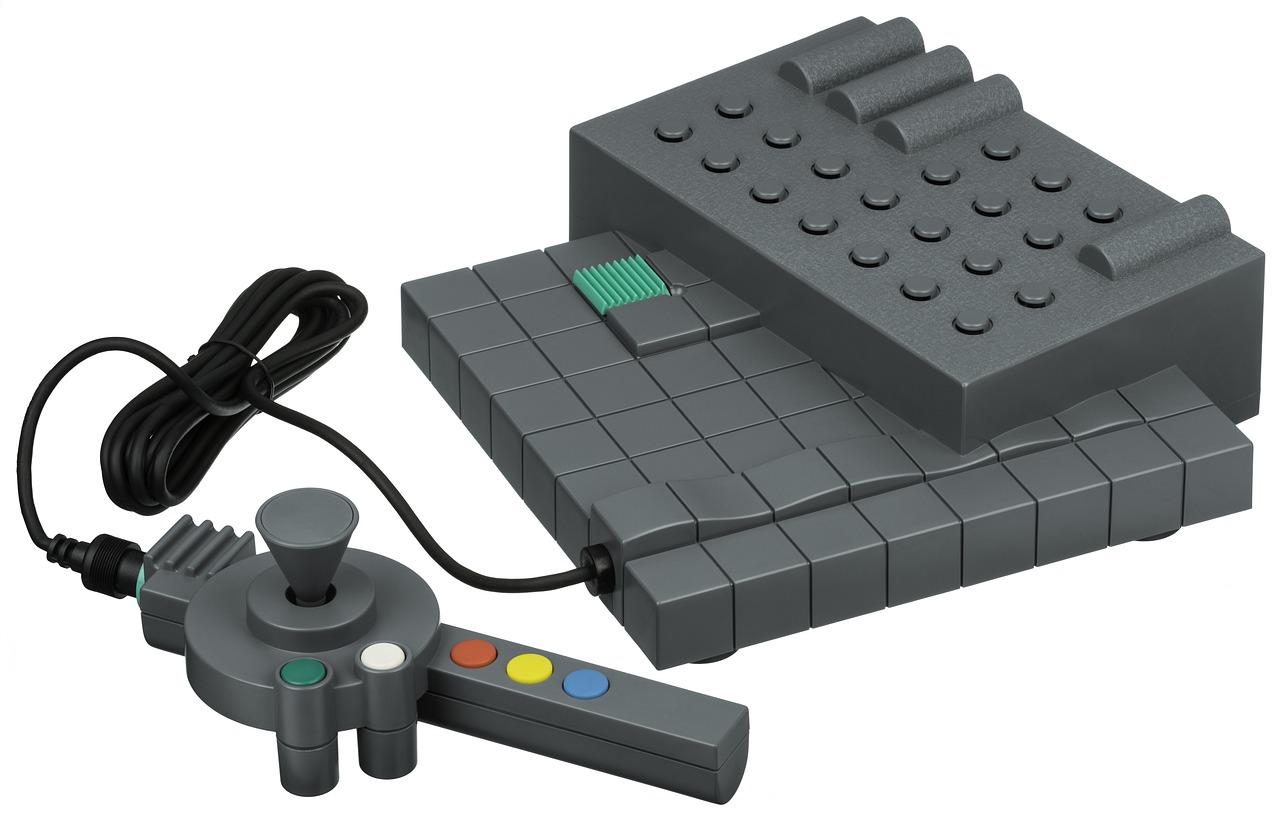PLC Controller Fault Handling Methods
PLC controller fault handling methods typically involve a series of troubleshooting steps designed to identify and resolve the issue. Initially, the operator should check the input and output signals of the PLC to ensure they are within normal operating ranges. If a signal is out of range, the operator should investigate the cause, which could be a faulty sensor, wiring issue, or other problem. Once the input and output signals are verified, the operator should then check the PLC program to ensure it is functioning properly. If a program error is identified, the operator should make the necessary corrections and then verify the PLC's operation. If the PLC continues to malfunction, the operator may need to replace the PLC or seek assistance from a qualified technician. Proper maintenance and regular testing can help prevent future PLC controller faults.
PLC, which stands for Programmable Logic Controller, is a key component of any industrial automation system. It performs a wide range of tasks, from simple on/off control to complex motion and process control. However, like any other electronic device, PLCs are also subject to failures, which can cause downtime and affect the overall performance of the system. In this article, we will discuss the various PLC controller fault handling methods to help you ensure maximum uptime and efficiency of your automation system.

1、Diagnosis
The first step in handling PLC faults is to identify the problem through diagnosis. There are several diagnostic tools available that can help you identify the root cause of the problem. These tools range from simple LED indicators on the PLC itself to more complex software programs that can simulate and test the PLC's functionality. Once you have identified the problem, you can proceed to the next step, which is to fix it.
2、Repair or Replacement
Once you have diagnosed the problem, you now have two options: repair or replacement. If the PLC is still under warranty, you may be able to get it repaired free of charge. However, if it is out of warranty, you will need to find a qualified technician or send it back to the manufacturer for repair. In some cases, it may be more cost-effective to simply replace the PLC instead of repairing it. This decision should be based on the age and condition of the PLC, as well as the cost of repair versus replacement.
3、Backup and Restore
One of the best ways to prevent data loss during a PLC failure is to regularly backup your programs and data. This way, if a failure occurs, you can quickly restore your system to its previous state before making any changes. There are several backup and restore methods available, including using USB drives, SD cards, or even cloud-based solutions. Be sure to follow the manufacturer's recommendations for proper backup and restore procedures.
4、Preventive Maintenance
预防性维护是减少PLC故障的最佳方法之一,定期的预防性维护计划可以确保PLC处于最佳工作状态,并减少故障发生的可能性,这些计划通常包括清洁PLC模块,检查电缆和连接器的健康状况,以及进行软件更新和升级,还应定期对PLC系统进行模拟测试,以确保其在发生实际故障时能够正常运行。
5、Documentation and Logging
详细的文档和日志记录也是处理PLC故障的关键方法,通过记录PLC的配置、设置和程序变更,你可以在故障发生时迅速定位问题,日志记录也有助于跟踪潜在的故障模式,从而在将来更好地预防类似问题,为了提高故障诊断的效率,可以使用一些专门的诊断工具和软件来自动化日志收集和分析过程。
6、Operator Training
操作员的培训也是减少PLC故障的一个重要环节,操作员应该被教导如何正确地使用PLC系统,并了解哪些操作可能会导致系统故障,他们还应学会如何识别潜在的故障迹象,并在发现异常时立即采取行动,通过定期的培训和演练,操作员可以更好地掌握PLC系统的知识和技能,从而提高整个系统的稳定性和可靠性。
PLC控制器故障处理需要综合考虑多个方面,包括诊断、修复或替换、备份和恢复、预防性维护、文档和日志记录以及操作员培训,通过实施这些策略,可以最大限度地减少PLC故障的发生,并确保工业自动化系统的稳定运行,在实际应用中,应根据具体情况选择最适合的故障处理方法,并不断完善和优化PLC控制系统的维护和故障处理流程。
Articles related to the knowledge points of this article:
Imported PLC Controller Memory: Understanding its Importance and Application
PLC Controller Models: A Comprehensive Guide
Title: Escalator PLC Controller Failure
PLC Industrial Controller Debugging Pro: Tips and Tricks for Mastering the Art of Debugging
PLC Controller: Working Principles and Applications in Device Operation